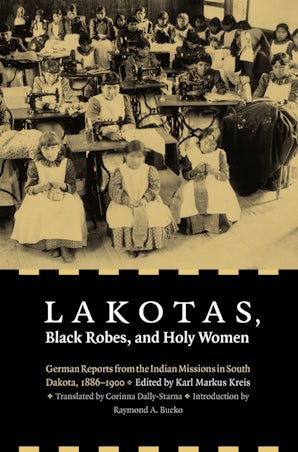Karl Markus Kreis is a professor emeritus of political science at the University of Applied Sciences in Dortmund, Germany. Corinna Dally-Starna is currently transcribing and translating Moravian mission records for the Mashantucket Pequot Tribal Nation Museum. Raymond A. Bucko, S.J., is the director of the Native American Studies Program and a professor and chair of the Department of Sociology and Anthropology at Creighton University.
